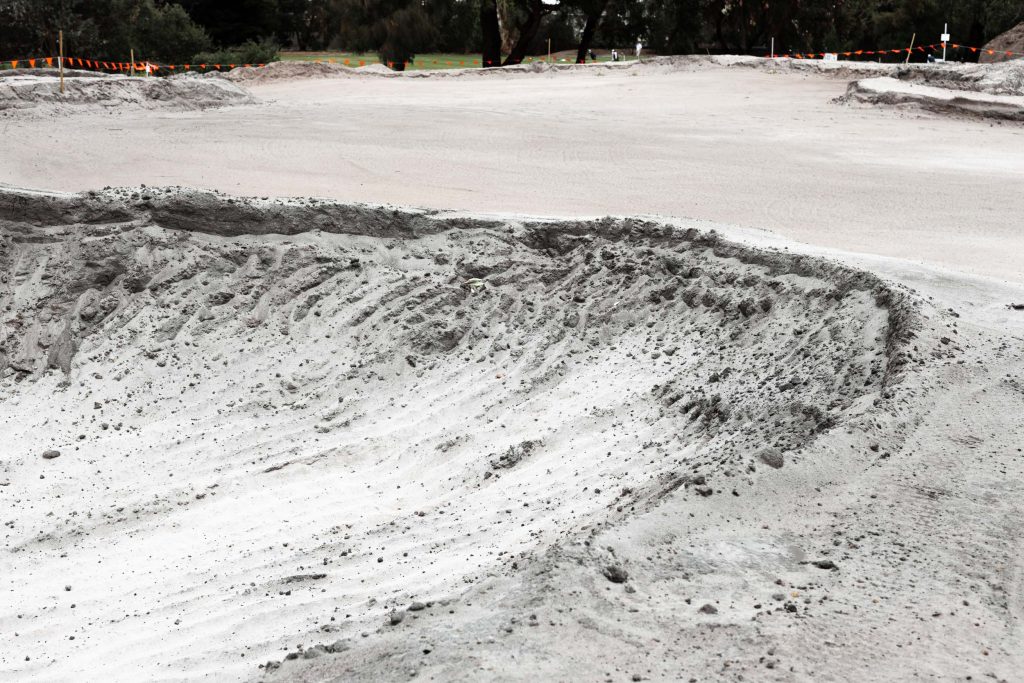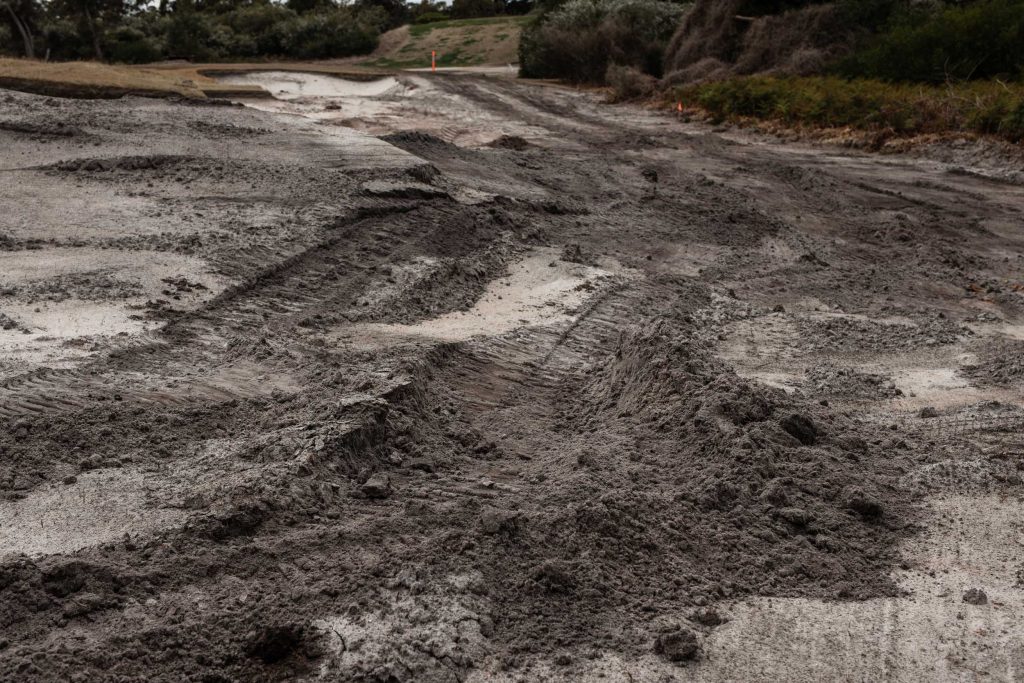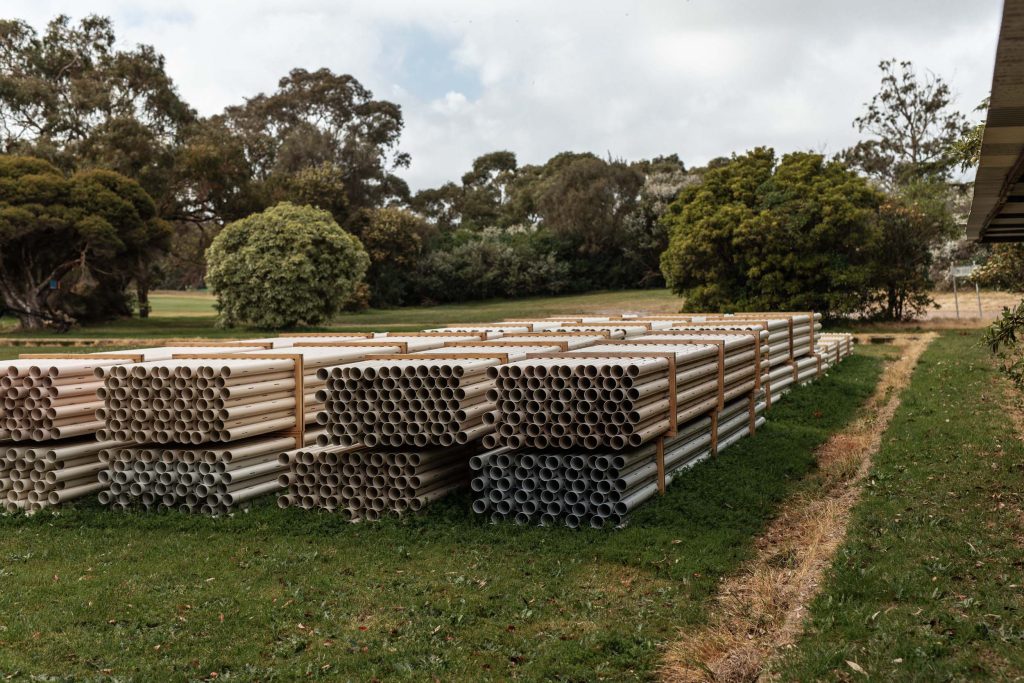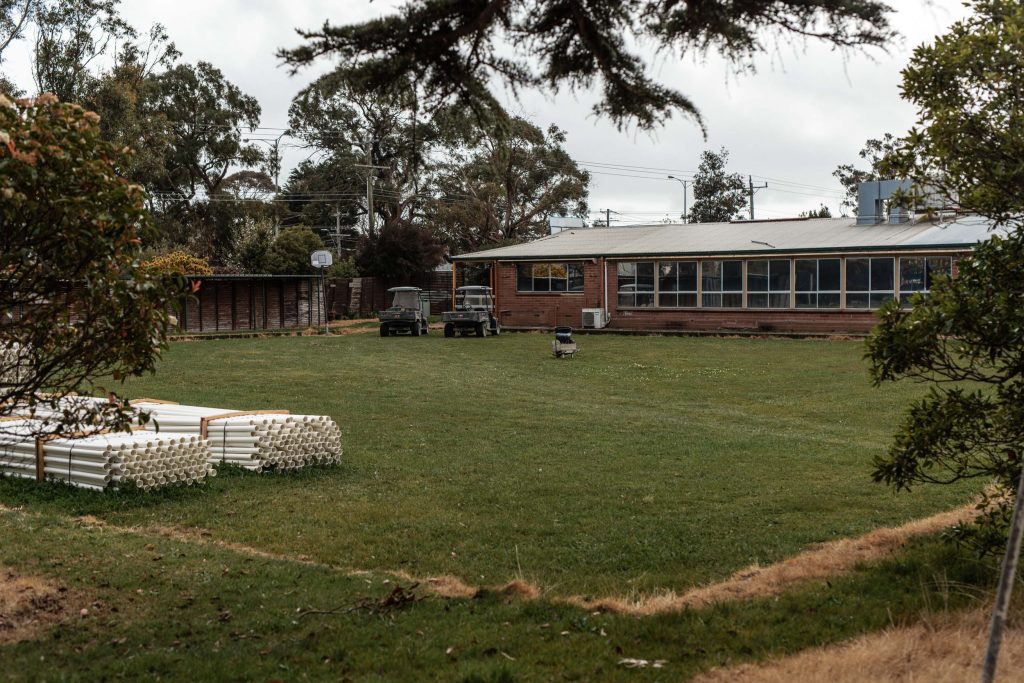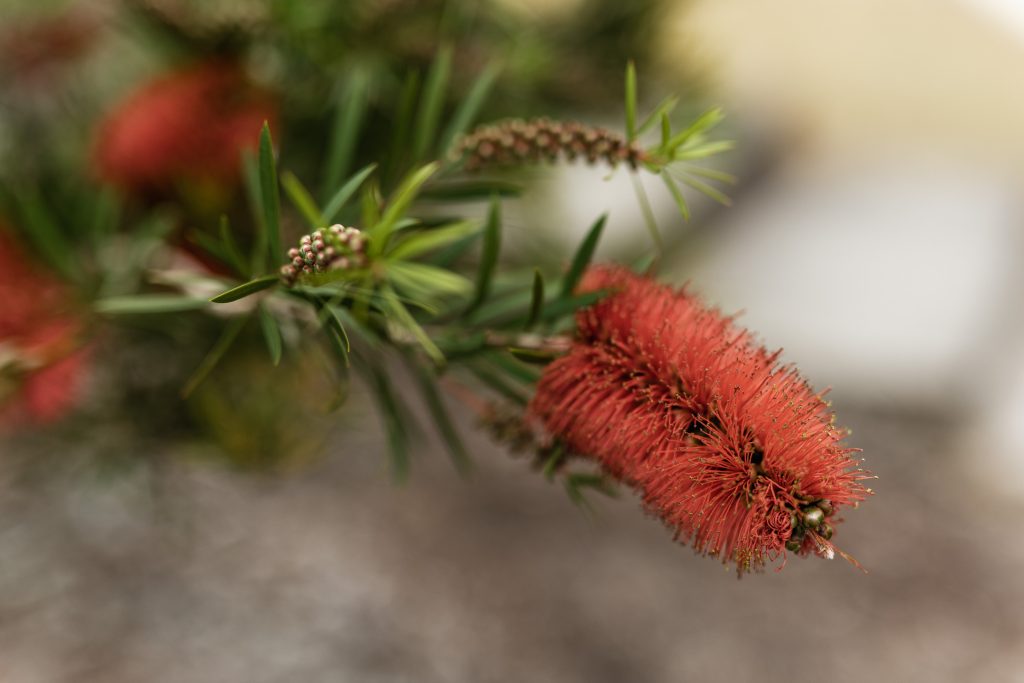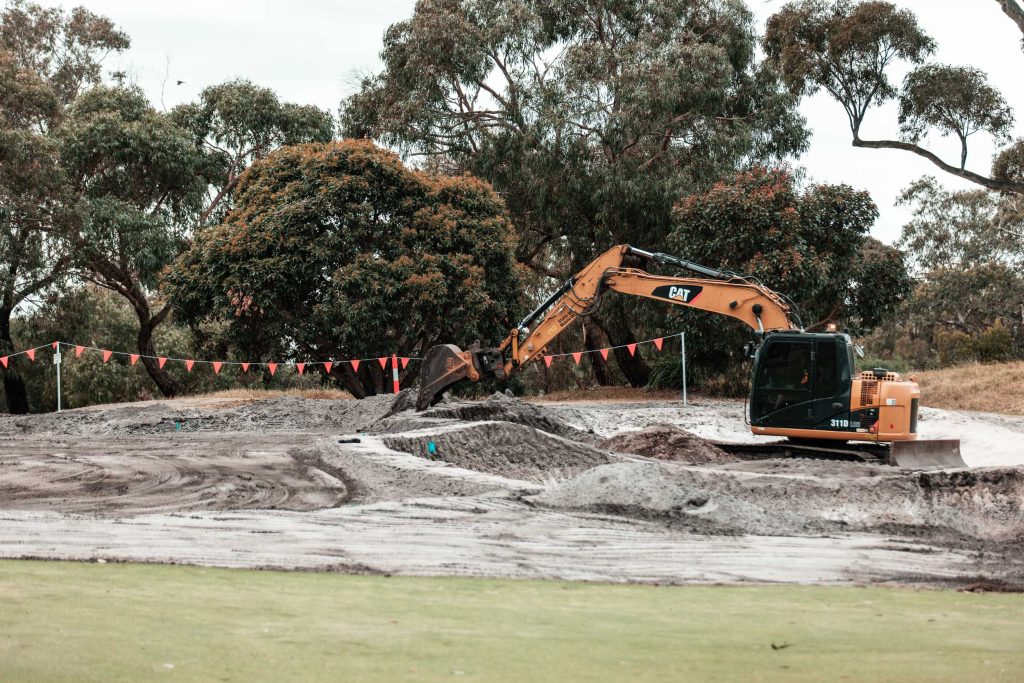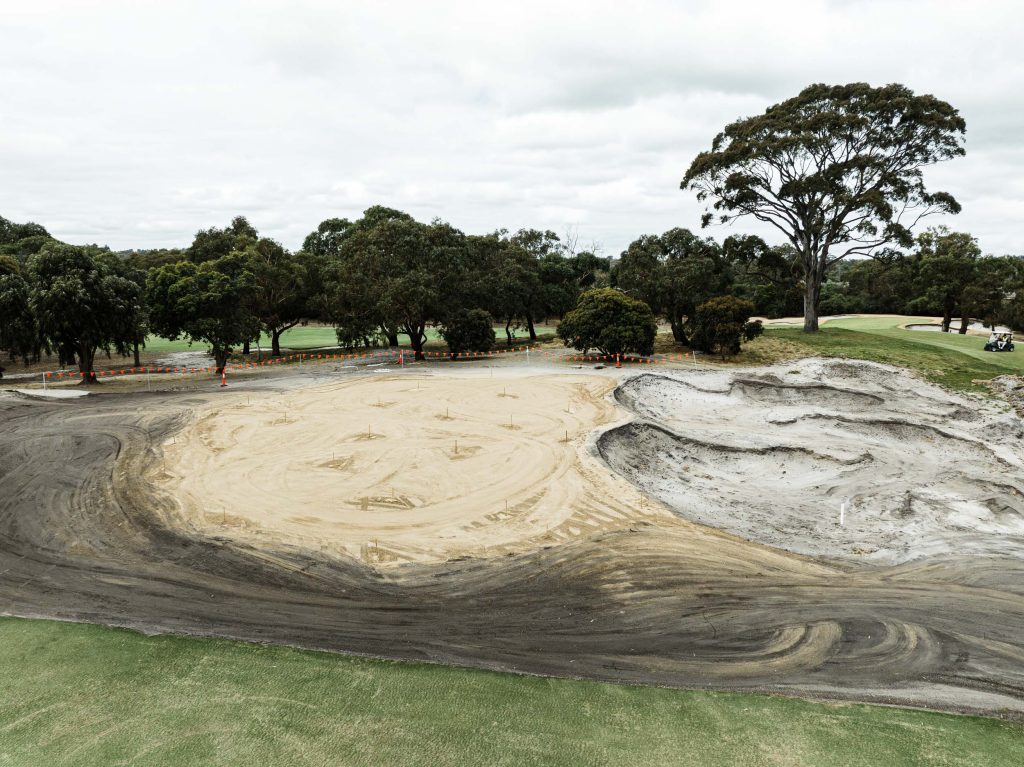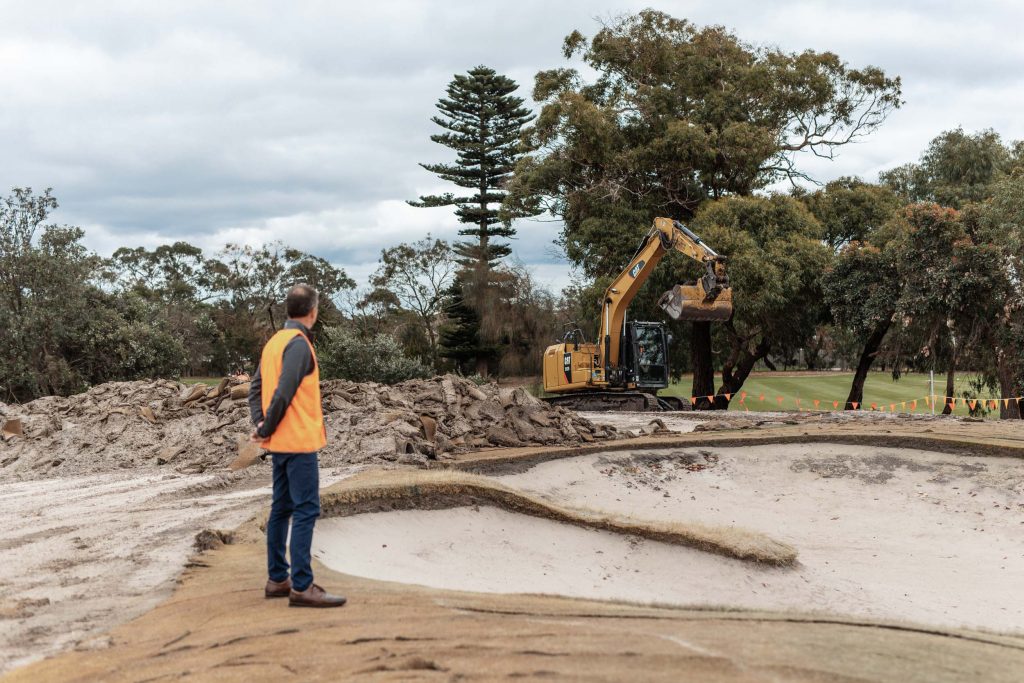The National Journal Presents
Start of a Long Island Journey
We take an in-depth look at the ambitious renovation underway at The National Golf Club's Long Island course. Can a reimagined design and innovative routing transform this understated layout into one of Melbourne's premier Sandbelt experiences?
Written & Photographed by William Watt
Nestled in the dunes at the southern end of The Sandbelt, The National Golf Club’s Long Island course holds a special place in Australian golf. Though currently in the shadows of more famous Sandbelt layouts further north, as well as newly renovated neighbour Peninsula Kingswood, this charming Gordon Oliver design showcases all the features that define the Sandbelt. Undulating fairways framed by indigenous Manna Gums and Tea Tree meander through the property’s natural contours. Distinctive Sandbelt-style bunkers carved into the sides of sandy hillocks guard relatively small, slippery greens. Firm, fast, and fun to play, it’s been an excellent addition to The National’s golf offering, and, largely due to proximity to Melbourne, actually gets the most rounds played of all four of The National’s courses.
A major renovation by OCM Golf aims to bring Long Island out of the shadows and into the spotlight occupied by its more renowned neighbours. “It was time to give Long Island the investment that it deserved. When we looked at the data of how many rounds were actually being played here, as well as feedback from new members that Long Island was a big part of their decision to join, it was clear that elevating the golf offering here would be a wise use of our resources” says former club captain John d’Apice, who helped initiate the project. Revitalising the layout to meet the world-class standards demanded by a discerning membership base, not to mention the highly competitive Sandbelt group as a whole, is a challenge that should not be underestimated. But with an ideal site, a design and build team gaining global attention, and a club committed to the process, the pieces are in place for something exceptional.

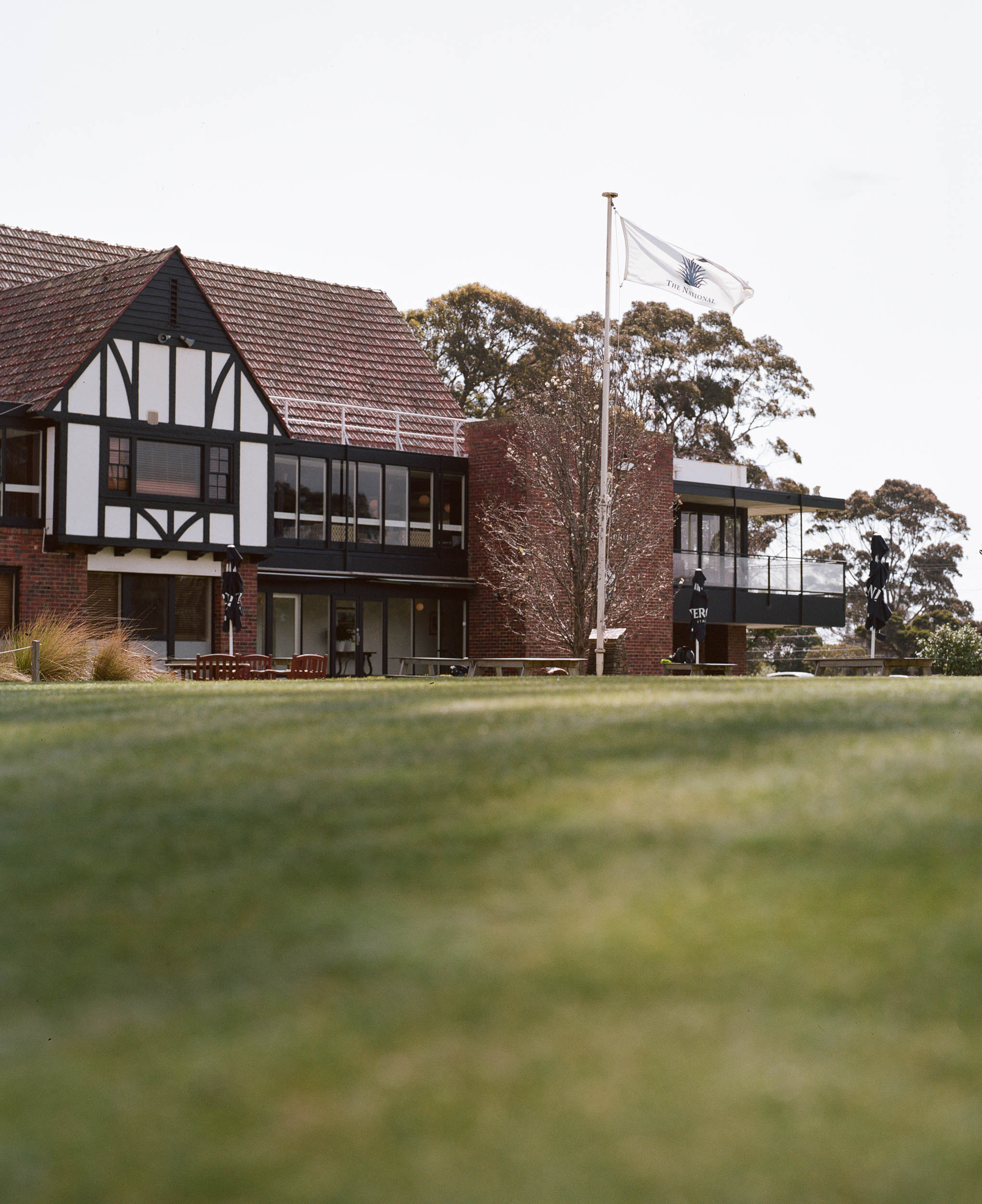
OCM Golf directors Ashley Mead, Mike Cocking and Geoff Ogilvy feel both pressure and excitement to work on such hallowed ground. “I grew up playing my junior golf here. My dad was a captain, and Michael and Geoff had played a lot of pennant golf here. So it comes with that little extra bit of pressure, too, knowing I’m sitting in this clubhouse where I spent so much time as a kid,” says Mead.
The renovation will redesign some holes completely, while others get a lighter refresh. OCM has studied historical images and routing books closely to retain the spirit of many holes while making strategic enhancements. The site itself holds all the key ingredients for a great golf course, with interesting contours, stands of native vegetation, and trademark sandbelt bunkering, contrasting nicely with the variations on links golf offered at all three Cape Schanck courses.
Subtly accentuating these distinctive features reflects OCM’s understated, naturalistic approach. “We really wanted to have that Sandbelt feel, with the great shaped bunkers, the great vegetation, and the Manna Gums throughout the property,” Mead explains. New stands of indigenous plantings will help the course blend into its surroundings – strategically incorporating the native landscapes into play is a feature of OCM’s holistic outlook.
One of the most distinctive aspects of the design is a flexible “course within a course” concept. This entails constructing three different 18 hole routings, along with a final layout that includes 20 greens, and utilising the same greens and tees in varying combinations. Golfers may encounter entirely different holes from one day to the next based on which sequence of tees and pins are in play. “Often as kids we would play late in the afternoon and sometimes make up holes. From this green to that tee, as a bit of fun fantasy golf,” says Mead. Turning these childhood imaginings into a reality brings an air of excitement and unpredictability to the project, and perhaps an added challenge in the field for the OCM team.
D’Apice calls the concept “a differentiating factor, and something that we don’t see at any other course in Australia.” He adds, “There’s going to be 18 green complexes, but 20 greens and something like 30 different holes.” Executing this vision poses practical obstacles like planning adaptable greens and maintaining excellent conditions for multiple avenues of play. However, the abundant variety and mystery provided by the three courses should outweigh any difficulties. Mead says, “Imagine being able to play three completely different courses. It’s not just moving a pin or tee, actually completely different holes.” This flexibility gives the course even greater replayability, and will no doubt spark endless golf architecture related discussions over post-round drinks.
Club committee member Tony Briers believes the flexible routing will become a central talking point. “Everyone will have their favourites. But again, that will create a great discussion point amongst members, which setups that they like, what they don’t like,” he notes. Briers expects word to spread as golfers experience the variety firsthand. “I think that will in itself probably create a problem because you won’t be able to get on the time sheet, but it’s a good problem to have and we worry about it when we get there.”
Golf Course Manager Leigh Yanner calls the project “a very important part of The National. Melbourne’s renowned for Sandbelt golf, and people all over the world now know what that entails in terms of firm ground, fantastic bunkering, a natural aesthetic and strategic play. Long Island has got some beautiful ground that will express all of that.” He expects OCM’s involvement will bring more strategy into play. “It’s going to require different shots. We want to encourage play along the ground as well as aerial. Importantly, we want to see this golf course as a modern setup where people play from whichever tee suits their game, and encourage people of all ages and abilities to play.”
Yanner believes the site’s contours are unique among Sandbelt courses. “It’s got a movement within the fairways which is quite unique. It’s got a few areas where you’ll play from high to low or vice versa, which I think is what separates this from many other sandbelt golf courses.” He also points to the native vegetation as a big opportunity. “A really exciting part from a grounds keeping perspective is that the site has some great indigenous vegetation throughout which we only want to encourage. Having a chance to work with that sort of vegetation is something we don’t get at the Cape Schanck site, so I’m looking forward to seeing that develop.”
Long Island superintendent Simon Page believes the project presents a “once in a lifetime opportunity.” He explains, “it’s a fantastic opportunity for me personally. I’ve had experience with construction overseas before, but to be in a management position for construction is something that is very exciting.” Page looks forward to collaborating closely with OCM throughout the process. “Working with Ashley and OCM, it’s been really great to see what a world class operation looks like from behind the scenes. And then having Leigh Yanner, who’s been through all of this before, helping me guide the staff, and just knowing ahead of time what we need to look out for and prepare for, is a great help.”
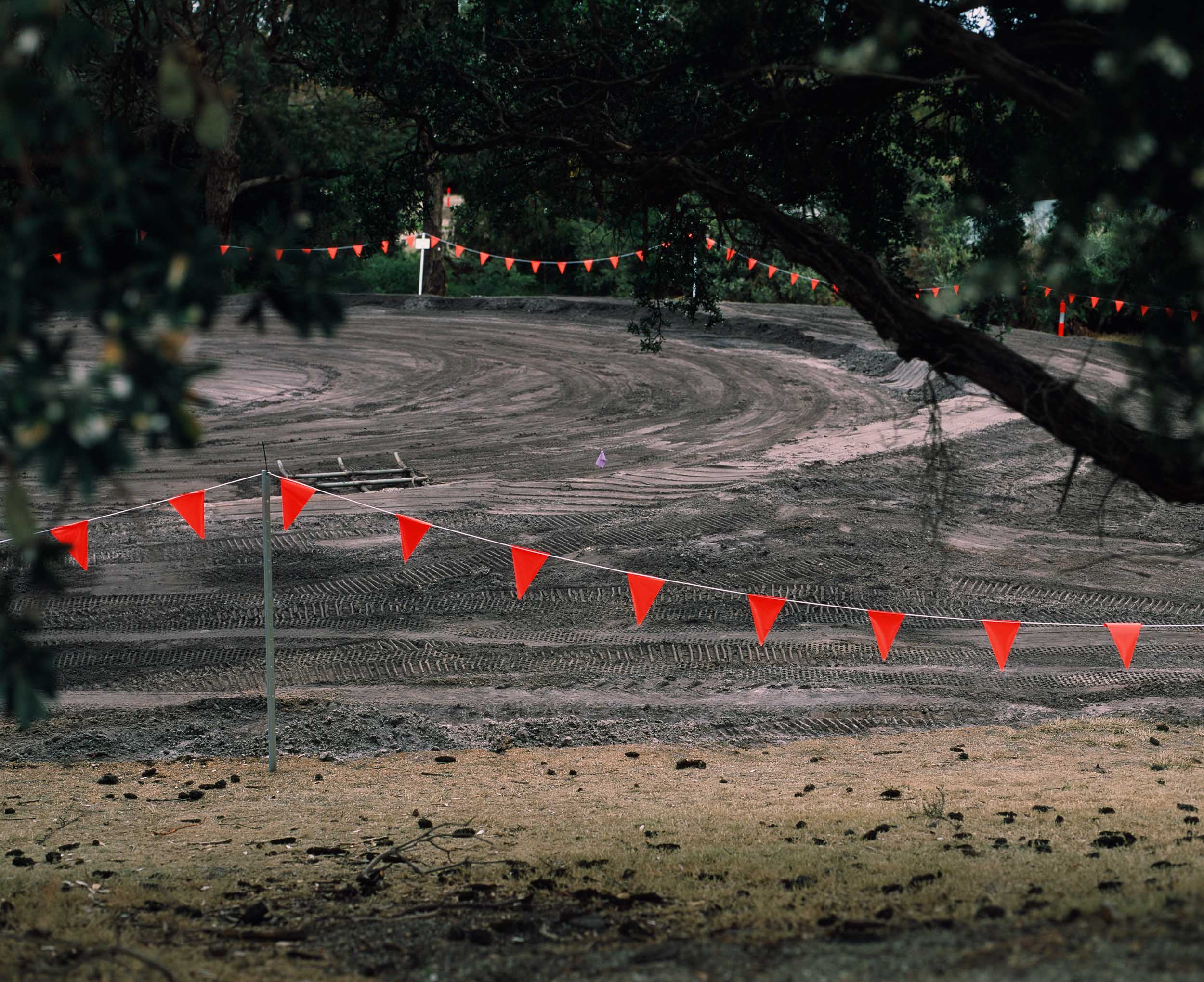
Long Island – Project Update with OCM Golf
Works underway at Long Island

The project continues OCM’s rise as a leading firm worldwide. Their outstanding portfolio and context-sensitive approach bode well for the club. Still, renovations of this scale inevitably encounter challenges. OCM continues working through permitting issues related to flood zones as of October 2023. Ensuring adequate drainage and carefully preserving vegetation during construction are part and parcel of working on the Sandbelt. At the same time, maintaining high standards on the nine playable holes for members amidst disruption will test the agronomy staff.
But a good chunk of the hurdles for the project have already been cleared. Getting member approval for one, was an early hurdle. “We had a small cohort of members who we were looking to stymie the project in a way, and they were against it for various reasons,” D’Apice notes. However, a member vote secured 83% support, affirming the club’s vision. Prior to this direction, the club had considered renovating the clubhouse, or even selling the land. But d’Apice explains, “At the end of the day we’re a golf club that wants to have golf courses. And so yes, maybe from a land sale we could have boosted the coffers and it all gets ploughed into Cape Schanck. But the strategy that the club has embarked on for a long period of time has been to expand its footprint, and Long Island is a key part of that vision.”
The National’s CEO Matt Corby believes the renovation will cement Long Island’s future with the club. “It changes the geographic footprint of the club forever, because what it does is it confirms that Long Island has a future,” he explains. Corby envisions the courses combining to offer unmatched variety and access. “You’ve got the convenience of Sandbelt access and a course that is fun, challenging and offers variety all year round. Then for those who are down on the Mornington Peninsula or for when you have more time to travel, then you’ve got the incredible offer at Cape Schanck. It’s just part of a model that will be able to compete against anything in Victorian golf.”
Once the work is complete, OCM and The National expect a layout destined to become a standout Sandbelt experience. By artfully blending the land’s attributes with strategic design, they aim to create a fun, inspiring golf course. Combining this with OCM’s innovative ideas like the flexible routing, as well as the level of finish and attention to detail that is becoming their hallmark, Long Island has very solid (albeit sandy) foundations for a successful project.




